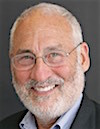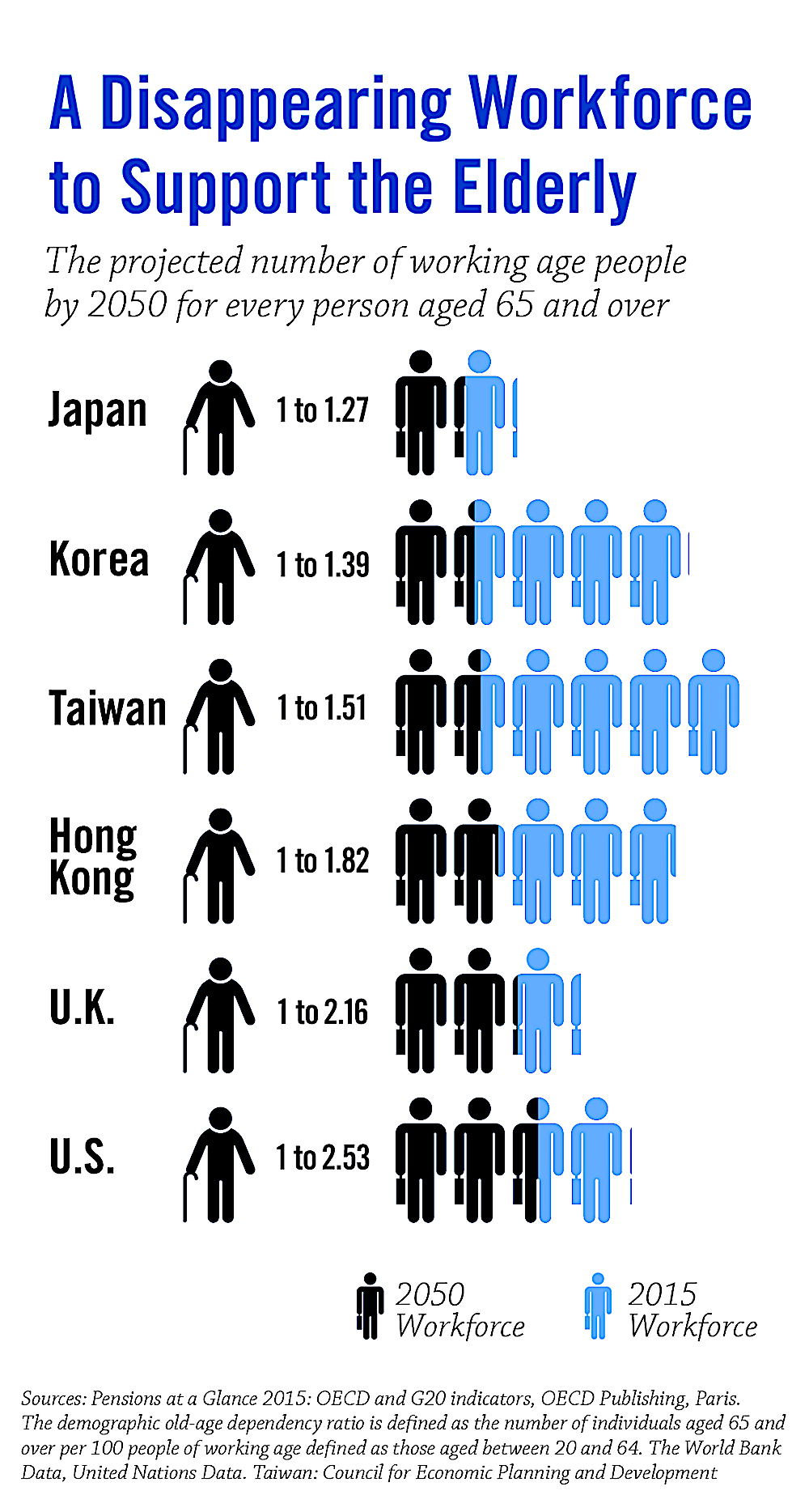
One of the most intriguing consequences of the Department of Labor’s fiduciary rule (the Obama administration version) has been the introduction of so-called fee-based or no-commission versions of one of the best-selling insurance products: fixed indexed annuities (FIAs).
The fee-based versions differ from commission-paying FIAs in important ways. The cost of distribution (i.e., agent commissions) doesn’t get built into the product’s interest-crediting formulas, so they offer the end-client more attractive interest-crediting terms.
Fee-based FIAs also enable Registered Investment Advisors (and the investment advisor representatives, or IARs, who work for them) to sell FIAs to IRA clients without having to comply with the DOL’s “best interest contract exemption,” or BICE, which singles out the commissioned-based sales of indexed annuities, variable annuities, and mutual funds to IRA clients for tighter regulation.
With their brokers migrating from a commission-based sales model to fee-based advice model to avoid the BICE, banks and brokerages have asked life insurers to create more fee-based FIAs. Eight life insurers have so far offered up 15 products, according to looktowink.com, the indexed product data shop.
But here’s the problem. Despite their improved value propositions, which in theory should make fee-based FIAs more appealing than ever to investors, sales have been negligible. In the second quarter of this year, sales were $22.48 million, or just 0.15% of total FIA sales in the quarter, said Sheryl Moore, CEO of Wink and Moore Market Intelligence.
With commissions gone, brokers-turned-IARs who used to sell FIAs—and who insurers hope will keep doing so—no longer have any special incentive to do so. Fee-based advisors can levy a typical 1% managed account fee on the value of the FIA contract, but then fee-based FIAs might cost as much as commission-based FIAs. A big part of their advantage for investors would go away.
What people are saying
How much compensation for FIAs is “reasonable”? Insurance agents and brokers justified high FIA commissions from manufacturers because the products’ complexities were hard to master or explain to clients. But do FIAs entail enough ongoing labor to justify charging the client one percent per year?
“It’s an interesting struggle,” said Ron Grensteiner, president of Eagle Life. “The FIA isn’t a high maintenance product. Although you have the opportunity to allocate to a fixed account or to an annual point-to-point crediting method, it’s pretty static for the most part. So to charge a fee on something that’s low maintenance would be strange.”
Eagle Life is one of the latest insurers to offer a no-commission FIA. The subsidiary of American Equity distributes insurance products through banks and brokerages. “Several [bank and broker-dealer] customers have been asking for this product,” Jeff Varisco, senior vice president at Eagle Life, told RIJ recently.
The new product is called the Eagle Advisory 8. It has an eight-year surrender period, a lifetime income rider and interest crediting linked to the performance of the S&P 500 Index. With no commission factored into its pricing formula, it has higher crediting rates or caps than a comparable commission-based product.
“We strip the commission out of the product and the difference goes into the option budget. Whatever that will buy in terms of caps and commission rates is what we offer on this product,” Varisco said.
Sheryl Moore, whose firm collects and distributes sales and product data on indexed insurance products, is skeptical of the sales potential of fee-based FIAs. Charging a one percent managed account fee on a guaranteed, low-maintenance product like an FIA doesn’t make much sense to her.
“How can one justify an asset management fee on a product that has no market risk? I understand implications of the DOL’s rule on annuity product development, but this still has me scratching my head,” she said in an interview. Commissions drove the sales of FIAs by insurance-only agents, and they won’t sell them without commissions, she added. Nor does she think that advisors who have never sold FIAs will leave their comfort zones to sell something unfamiliar.
Tom O’Shea, an analyst at Cerulli Associates, told RIJ, “Some institutions, those that feel it’s appropriate, are counting the annuity assets toward total AUM [assets under management]. Other RIAs or broker-dealers have decided that including the FIA specifically under AUM doesn’t make sense, and they’re not doing it.
“But I don’t see many firms charging one percent [on the money in the FIA]. In our conversations with firms, they were talking about a lower amount,” he added. “At firms that run bond ladders, for comparison, they charge 25 to 30 basis points on those assets, which is similar to the trail on an annuity.”
But brokerage executives feel differently. At Raymond James, fee-based advisors will be assessing their usual managed account fee on the value of fee-based FIAs, according to Scott Stolz, senior vice president, Private Client Group Investment Products.
“The annuity will be another asset within the fee-based account. It, like the other assets, will be billed on its value. Some firms are struggling with this. They are wondering how they are going to justify an ongoing fee on a buy and hold investment like an annuity,” Stolz told RIJ recently.
Stolz rejects the idea that an annuity should carry a lower charge because it requires so little maintenance. In my view, this [idea] comes from the regulatory focus to look at the appropriateness of a fee-based account based solely on the number of transactions. There needs to be a shift in thinking to understand that the fee is for ongoing advice.
“You don’t have to do a transaction to constitute advice. In fact, that approach can encourage advisors to recommend a transaction even if it’s not necessary. Of course, we as an industry have to do a much better job of documenting the ongoing advice. Absent this documentation, the regulators can only look at transactions.”
At Great American Life, which issued its first no-commission FIA in mid-2016 and distributes it through Raymond James, Commonwealth, and other brokerages, national sales vice president Joe Maringer said that attitudes toward charging a full management fee on FIAs varies from firm to firm. to agree with Stolz (whose company distributes Great American’s fee-based FIAs).
When advisors say they can’t justify a full managed account fee to a guaranteed asset—and therefore may not carry his product at all—Maringer urges them to think of the FIA as working in synergy with the whole portfolio, potentially lifting its overall returns relative to a similar portfolio with bonds as its safe asset.
Every broker-dealer has its own distinct compensation model. For Raymond James, fee-based advisors charge a level fee across all assets if they want to avoid using the best interest exemption (and all the documentation it entails). Other brokerages, however, allow advisors to charge reduced fee on safe or low-turnover assets.
“If you have the ability to charge different fees on different assets, you should consider that,” Maringer told RIJ. “But if you currently charge your regular management fee on cash or intermediate bond funds, you should also be able to charge it on a fee-based fixed indexed annuity that may provide the client a better overall result.”
Gary Baker, the president of Cannex, the annuity data company, has for years been looking for a resolution to the conflict of interest between fee-based advisors and income annuities, perhaps by allowing advisors to levy a small fee on the annuity value even after the purchase premium leaves the client’s managed account and goes to the general account of an insurer. He sees the recent introduction of fee-based FIAs as indicative of an experimentation period.
“The bigger issue is whether or not fee-based annuities will ever take off. It’s been tried in the past and carriers are trying again due to the Department of Labor. Fee-based compensation has been used primarily by RIAs or CFPs. These advisors have traditionally stayed away from selling any type of annuity–not because of the commission structure, but due to the fundamental belief that they can better manage (and re-deploy) investments depending upon the changing needs of each client.”
“My feeling is that carriers are looking to test a number of product variations/options to see where distributors end up gravitating toward based on various paths around and through the DOL rule. It now looks like this behavior will be extended for another 18 months.”
“Several of our customers have said that they believe fee-based sales is really the way that all annuity sales will go, and that commissions will go away completely,” Varisco told RIJ. “Some customers believe that we’ll always have commissions. But they all see a need for fee-based products because of the push toward fee-based advisor sales.”
“Jeff is speaking from the Eagle Life perspective,” Grensteiner said, to distinguish the difference in distribution channels between the subsidiary and its parent. “American Equity’s sales are still through [independent insurance] agents, and they still want and need commission-based products.”
© 2017 RIJ Publishing LLC. All rights reserved.








